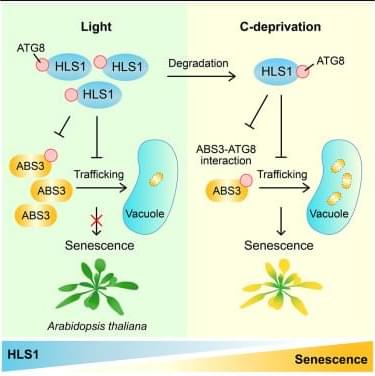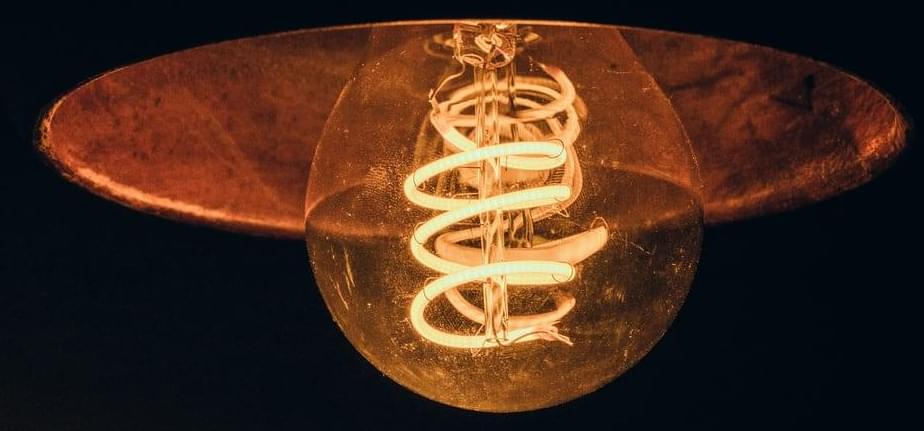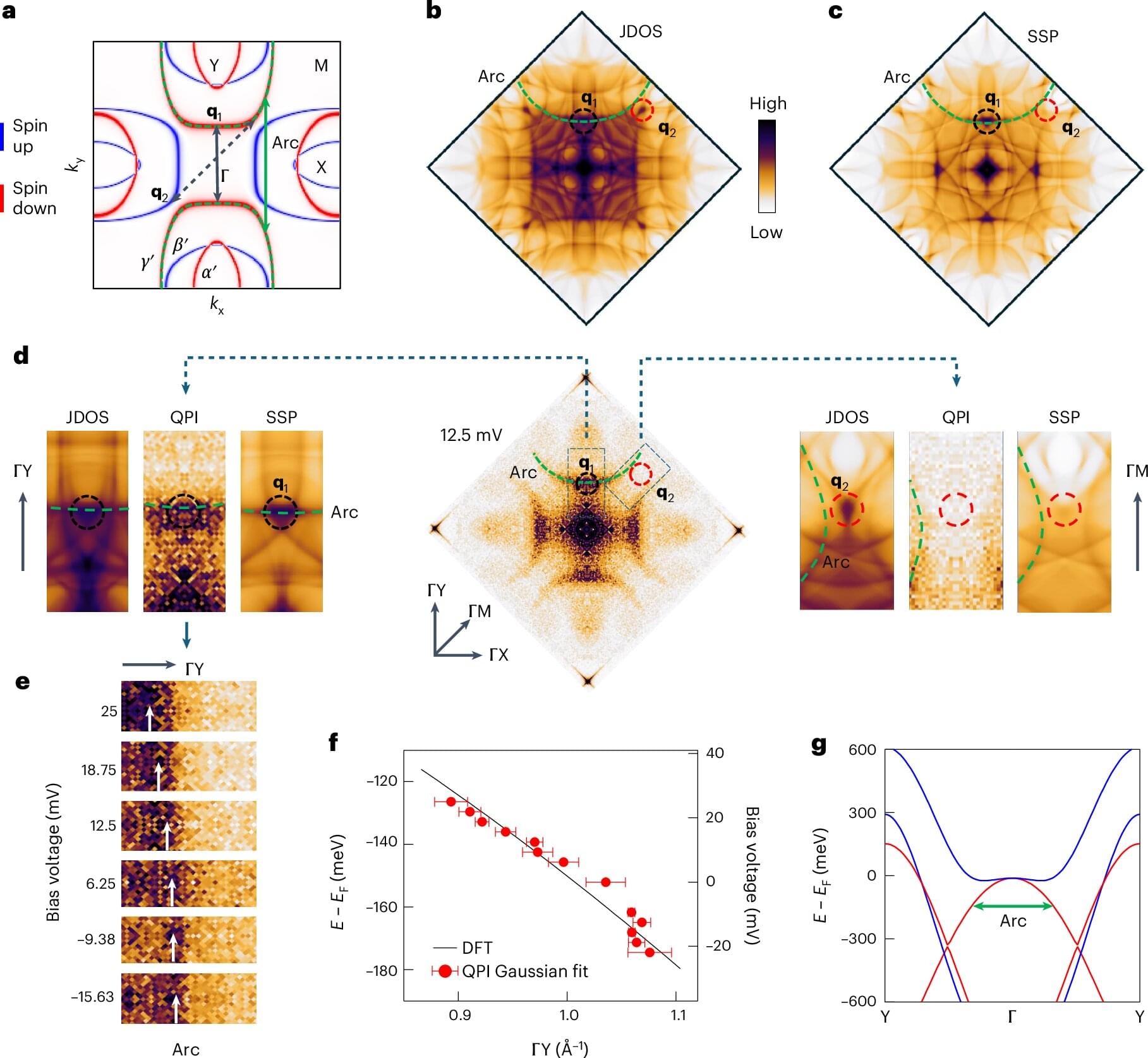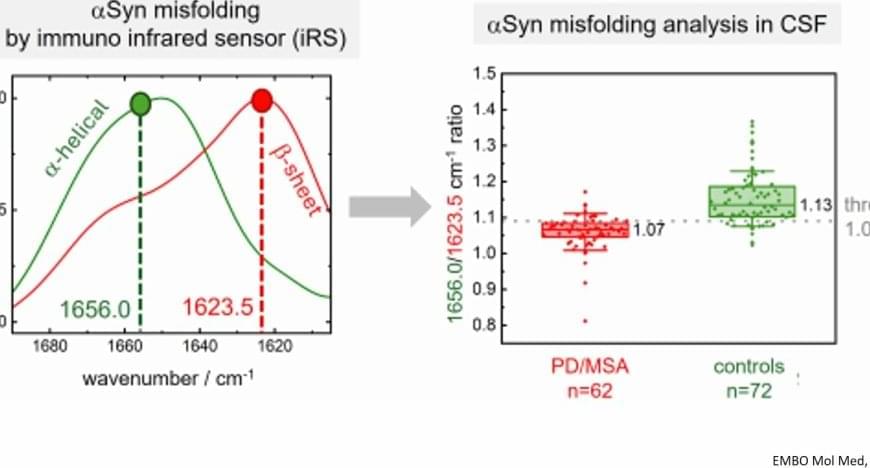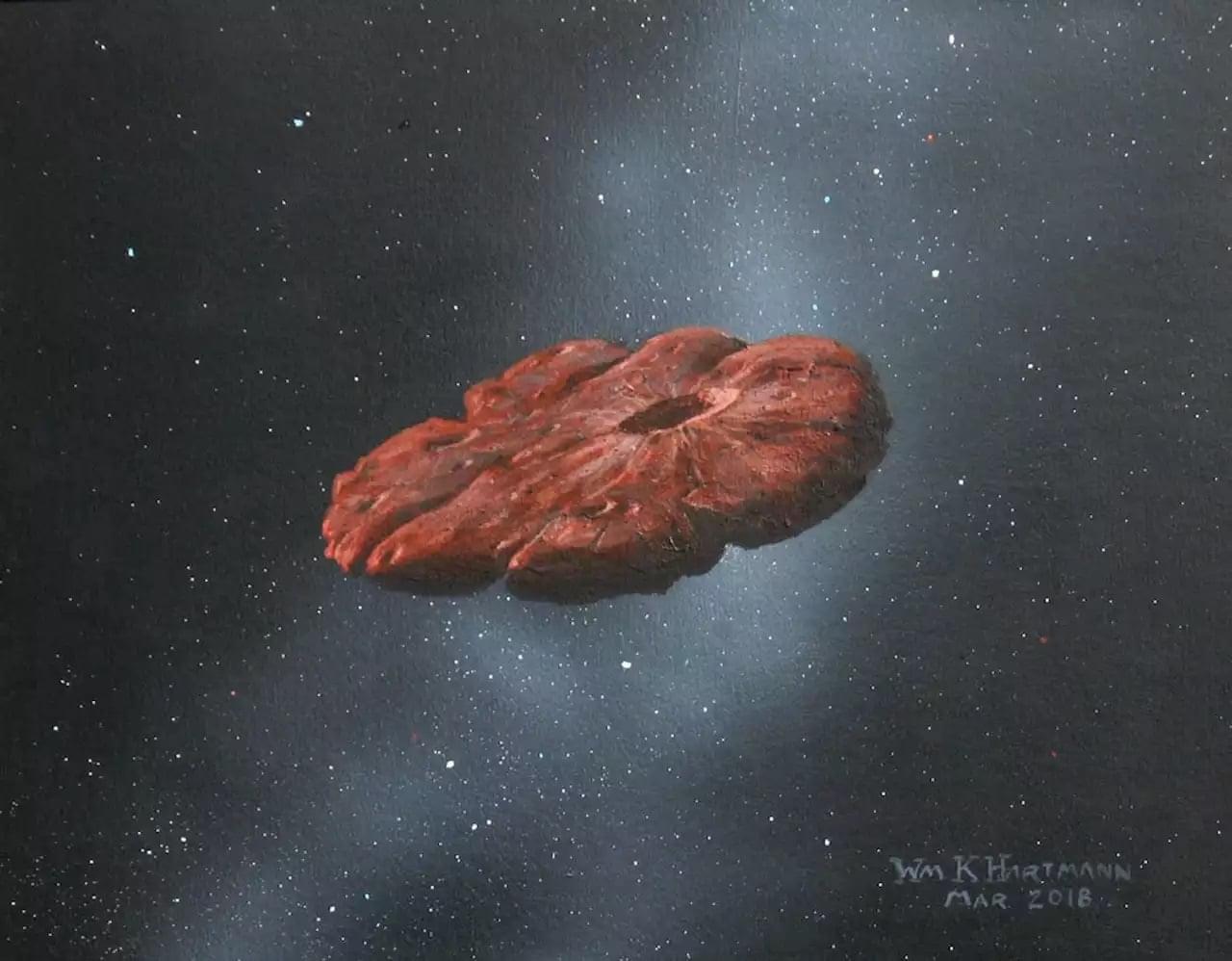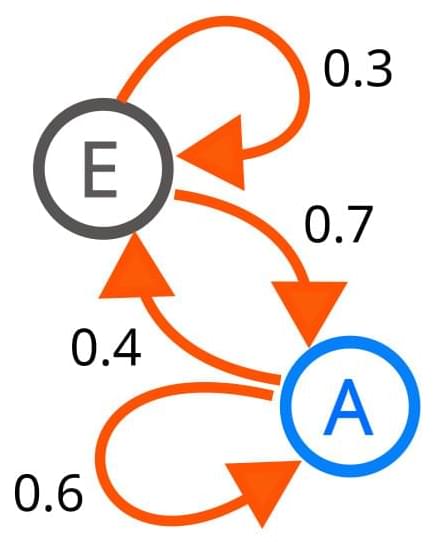Lei et al. show that HLS1 negatively regulates plant senescence and the ABS3-mediated senescence pathway by interacting with ATG8 and attenuating the ABS3-ATG8 interaction and the ability of ABS3 to promote senescence. Their study provides insights into the functional link between HLS1, ABS3, and ATG8 in plant senescence regulation.
Category: futurism – Page 3
Ethel Caterham was recognized on April 30 as the oldest living person after the death of 116-year-old nun Inah Canabarro Lucas
Altermagnets, which exhibit momentum-dependent spin splitting without spin–orbit coupling (SOC) or net magnetization, have recently attracted significant international attention.
A team led by Prof. Liu Junwei from the Department of Physics at the Hong Kong University of Science and Technology (HKUST), along with their experimental collaborators, published their latest research findings in Nature Physics, which unveiled the first experimental observation of a two-dimensional layered room-temperature altermagnet, validating the theoretical predictions in Nature Communications made by Prof. Liu in 2021.
The realization and control of spin-polarized electronic states in solids are crucial for spintronics for encoding and processing information. Spin polarization is typically generated by coupling an electron’s spin to other degrees of freedom, such as orbital or magnetic moments.
A new gene therapy reversed heart failure in pigs by repairing heart function through cBIN1, showing major promise for future treatment.
A new gene therapy has been shown to reverse the effects of heart failure and restore heart function in a large animal model. The treatment increases the heart’s ability to pump blood and significantly improves survival rates. A paper describing the results calls it “an unprecedented recovery of cardiac function.”
Heart failure is currently irreversible. Without a heart transplant, most treatments aim only to reduce the heart’s workload and slow the progression of the disease. If this gene therapy produces similar outcomes in future clinical trials, it could offer a way to repair the hearts of one in four people expected to develop heart failure during their lifetime.
In this Review, the authors discuss mass spectrometry (MS) imaging and spatially resolved MS approaches that are being employed in nephrology applications. They also highlight emerging MS methods and applications, as well as the integration of MS data with data from other omics approaches.
TikTok fined €530M for illegally transferring EEA user data to China, violating GDPR Article 46.
Workflow slashes CVE ticketing time by 60% using Tines, CrowdStrike, and ServiceNow for faster action.
Markov chain
Posted in futurism | 1 Comment on Markov chain
In probability theory and statistics, a Markov chain or Markov process is a stochastic process describing a sequence of possible events in which the probability of each event depends only on the state attained in the previous event. Informally, this may be thought of as, “What happens next depends only on the state of affairs now.” A countably infinite sequence, in which the chain moves state at discrete time steps, gives a discrete-time Markov chain (DTMC). A continuous-time process is called a continuous-time Markov chain (CTMC). Markov processes are named in honor of the Russian mathematician Andrey Markov.
